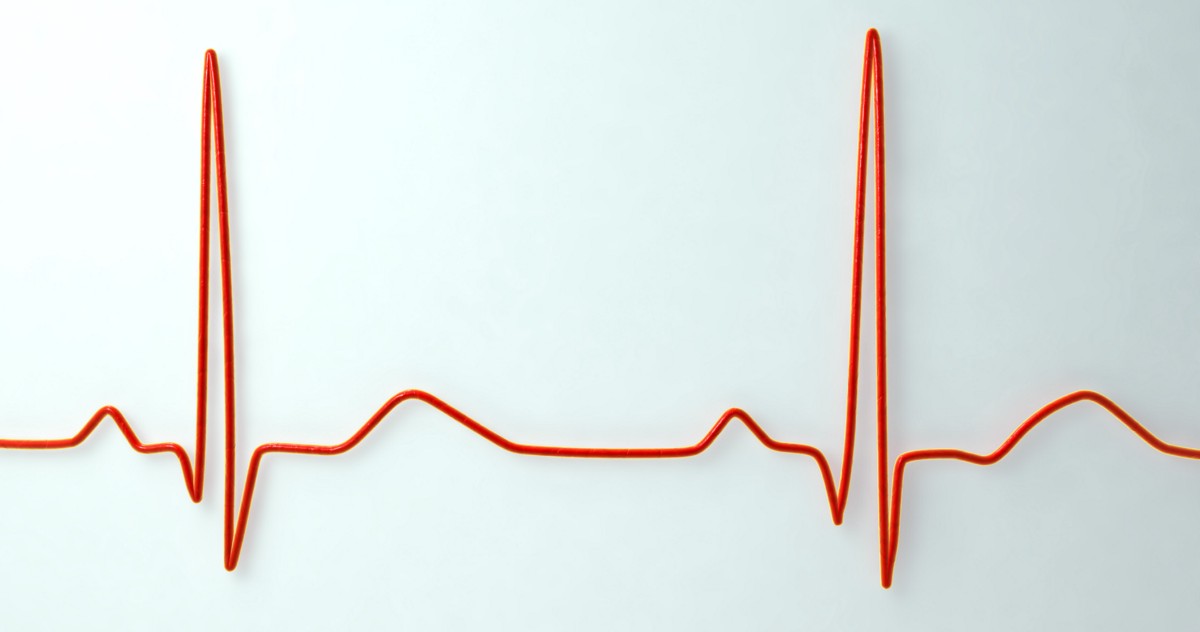It could hint at how long you’ll live

 Could human lives be extended by slowing down our hearts? Triggered by the observation that mammals with a higher heart rate live shorter than those with a slower one, this is the question that Dr. Herbert J. Levine, an eminent cardiologist and professor emeritus at Tufts University School of Medicine, asked in his 1997 article “Rest Heart Rate and Life Expectancy.”
Could human lives be extended by slowing down our hearts? Triggered by the observation that mammals with a higher heart rate live shorter than those with a slower one, this is the question that Dr. Herbert J. Levine, an eminent cardiologist and professor emeritus at Tufts University School of Medicine, asked in his 1997 article “Rest Heart Rate and Life Expectancy.”
To this day, his question has not been fully answered. But several recent studies have found important links between slower hearts and longer lives, elevating resting heart rate to the level of an important health indicator.
With the increasing popularity of smartwatches and other tracking devices, people are more aware than ever of their own resting heart rates, a measure defined by the number of heartbeats per minute while at rest, like when you’re sitting or lying down, no sooner than two hours after exercising. But how exactly to interpret that number, and what to do with that information, might not be so clear.
To complicate things further, resting heart rates can widely vary from person to person, as much as 70 beats per minute, according to a new study that looked at the largest dataset of daily resting heart rates ever collected.
The most established fact about resting heart rate is that it’s inversely associated with a person’s level of physical fitness. In other words: The fitter you are, the lower your resting heart rate (elite athletes, for example, tend to have notoriously low heart rates). This happens because, as you exercise, your heart muscle becomes stronger and requires fewer heartbeats to pump blood.
When trying to figure out the reason why people with lower resting heart rates seem to live longer, researchers assumed that there wasn’t a direct, causal association. The main assumption among scientists was that people with a slower heartbeat just happened to be fitter and physical fitness is what made them live longer.
“In general, when we talk about resting heart rate, there is pretty good evidence that lower is better.”
That assumption was put to test by a study led by Dr. Magnus T. Jensen, head of the department of cardiology at the Copenhagen University Hospital Amager & Hvidovre. His team analyzed data from almost 2,800 middle-aged men followed for 16 years in Copenhagen. “Every individual had had an assessment of VO2 max, which is a measure of fitness level,” Jensen says. That data allowed them to conclude that there was in fact a direct association, independent of physical fitness, between having a lower heart rate and a lower risk of mortality.
“In general, when we talk about resting heart rate, there is pretty good evidence that lower is better,” says Barry A. Franklin, PhD, director of preventive cardiology & cardiac rehabilitation at Beaumont Health.
So what’s considered a “normal” range for a resting heart rate?
According to the American Heart Association, a normal resting heart rate ranges from 60–100 beats per minute. Most experts agree with that statement, although it is not an absolute consensus, particularly on the higher end. “I respectfully disagree with calling 95 or 100 beats per minute normal,” Franklin says, adding that this range might already be linked to a lower life expectancy.
This week’s comprehensive Scripps Research study publishe

